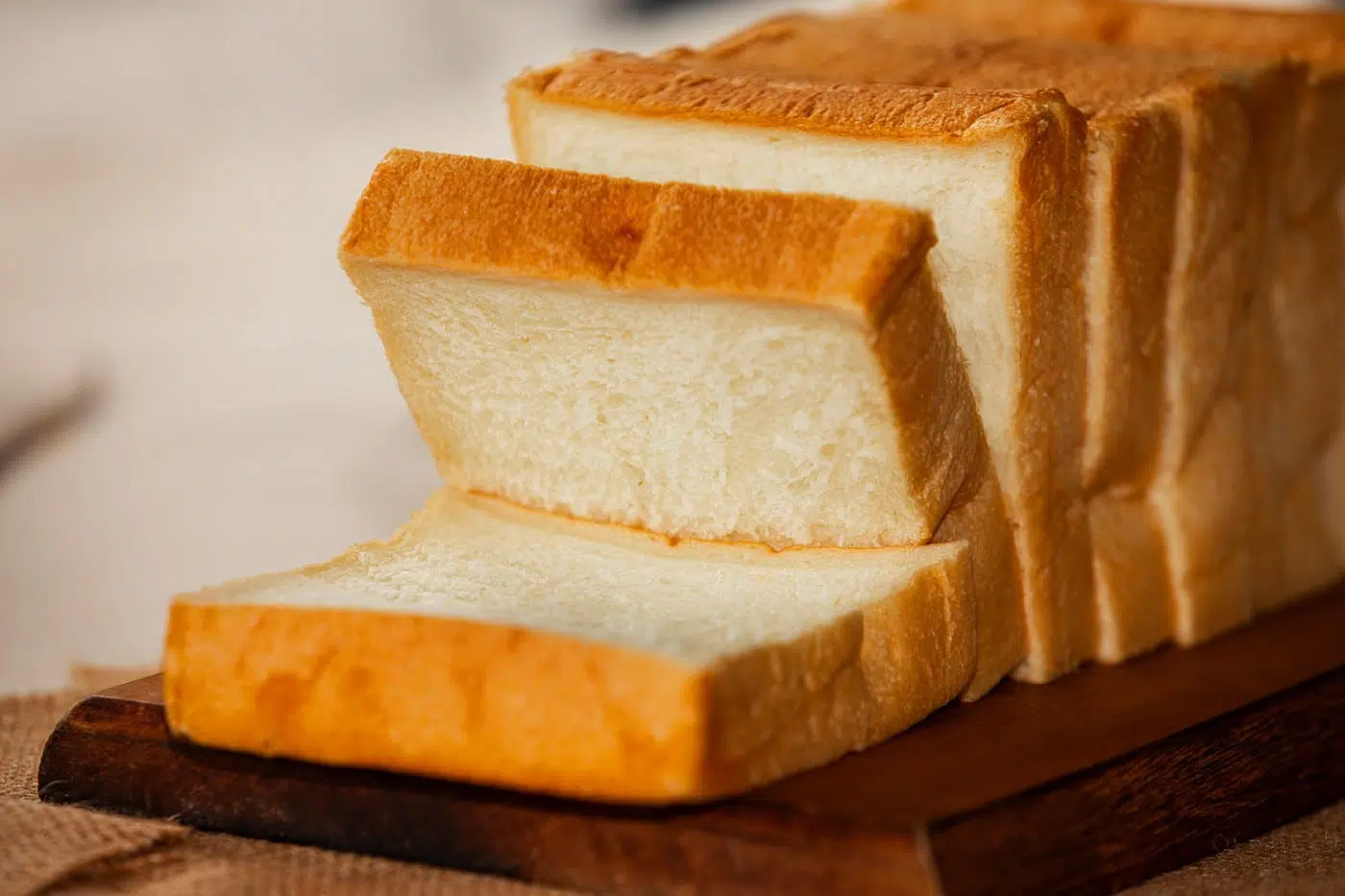Andrea Smadja - C19 Tamar News
Manufacturers and brands are launching new products every day in the food market. Sales in supermarkets and hypermarkets have increased by more than two-fold in Europe over the last three decades.
For many people, cheap food is appealing. However, they are not always aware of what exactly is in the food they consume. Plenty of ingredients advertisements never disclose whether they’re found in beaver secretions or sheep sebum.
10. JELLY BEANS

The reason shellac is known to the general public varies from the type of products used. In fact, furniture polish and nail polish both contain it. Also, this reflective and attractive quality is applied to jelly beans to produce the sheen and attractiveness associated with them. You should be wary of this, but it is not yet finished.
In reality, shellac is a secretion produced by female aphids, which feast on tree sap. Harvested, processed, and used in several confectionery products, such as Jelly Belly.
9. SLICED BREAD

A time long ago (in the not-too-distant past) when only sliced bread was a vision. It used to be that one either produced one’s own bread or purchased it directly from the bakery, but nowadays, it is a common item in the cupboards of most homes. This may seem counterintuitive, but there is a good reason why freshly baked bread only lasts a few days, while bread that has been pre-baked and bagged can last for weeks.
The reason is called L-cysteine, a nontraditional preservative. Yes, it is human nature, but that is not a good thing. The origin of this material actually comes from human hair. Although hair salons in China are the most common source, Disney Vice claims most pins are manufactured in Turkey. This concoction is made first by sweeping the hair up in a strand separator, dissolving it in hydrochloric acid, and sending it to the bakery to be used in bread production.
8. BEER

Because of this, beer has frequently been regarded as an edible product suitable for everyone, regardless of personal preferences. Allergies occur, and some vegetarians will develop them when consuming certain ingredients, but did you know that people on a vegetarian diet should also avoid them?
In beer brewing, isinglass is used as a sneaky little ingredient. Where does it come from? In fact, we find it in fish bladder. Yeah, beer might seem a bit less appealing now, right? However, it should be noted that while Budweiser is a well-known brewer that does not use this ingredient in their products, many others do.
7. CHEWING GUM

Chewing gum has been a popular choice for generations. The longer they continue to chew, the more disgusting their habit will become. Manufacturers will often use lanolin to make chewing gum nice and soft and give it that famous texture.
While it may seem benign, the ointment known as lanolin oozes out of sheep’s wool. Human sebum is a type of oil, similar to olive oil that oozes out of our pores. Remember what’s in a pack of gum before you purchase it next time.
6. MARSHMALLOWS

Many candies, including some gelatin-containing candies, contain gelatin. For people who know about it, it may be a little surprising to learn that cow and pig bones are also used in the production of marshmallows.
Remember to be mindful of what’s really in those sweet, chewy little balls the next time you’re tempted to buy something online. Even if you can’t smell the animal extracts, they’re still present.
5. PRINGLES

To most of us, the link between Pringles and toilet bowl cleaners wouldn’t seem obvious, would it? It seems impossible to make any connection between these two products. Many people are unaware of this, but they do have something in common. Sodium bisulphate is a chemical used in Pringles potato chips. Still, it is also used in a wide variety of household products, including toilet cleaners, dishwasher tablets, and hand dishwashing soaps. Despite having more sodium bisulphate than Pringles, people may have a hard time knowing that the sodium bisulphate found in these products is used to remove limescale or scale.
4. POPCORN

There’s nothing like munching some popcorn while watching a good movie. It is fast, convenient and smells like butter, but there’s a catch. The non-stick coating is usually applied to the inside of popcorn bags to keep the kernels from sticking to the bag, and these chemicals might lead to some severe diseases. Remember, while we’re on the subject, that you should consider ditching the non-stick pans, too.
3. CHICKEN NUGGETS

There is no need to be a three Michelin star chef to know that processed food served in fast-food restaurants is nutritionally beneficial. On the other hand, we can assume that it is at least safe for your health. Unfortunately, this is not always the case. McDonald’s chicken nuggets, for example, contain a synthetic compound called TBHQ. This comes from the oil in which they are cooked, as it prevents it from turning. This chemical is an antioxidant, but it’s not one of the best. The FDA says that small amounts are acceptable, but in large doses, it could be risky.
2. SHRIMPS

Nothing can top a refreshing shrimp cocktail on a summer day. However, bugs can be a turn-off. Indeed, numerous parasites have been found in imported shrimp for many years. Some shrimp have been found to have pesticides or banned chemicals sprayed on them, as well as evidence of roaches. Always read the package to determine the type of shrimp you are buying, and purchase it from a reliable source.
1. CHOCOLATE

To be clear, there is no guarantee of safety in today’s world. Chocolate is usually on the list of regular snacks, and most of us eat it in large quantities, so it’s the top contender for treats. Chocolate seems to be totally contaminated, according to these reports. Although regulations have been put in place, chocolate bars can contain up to eight insect legs. I can’t help but cringe when I think of a crispy insect limb in my favorite chocolate.



Comment here